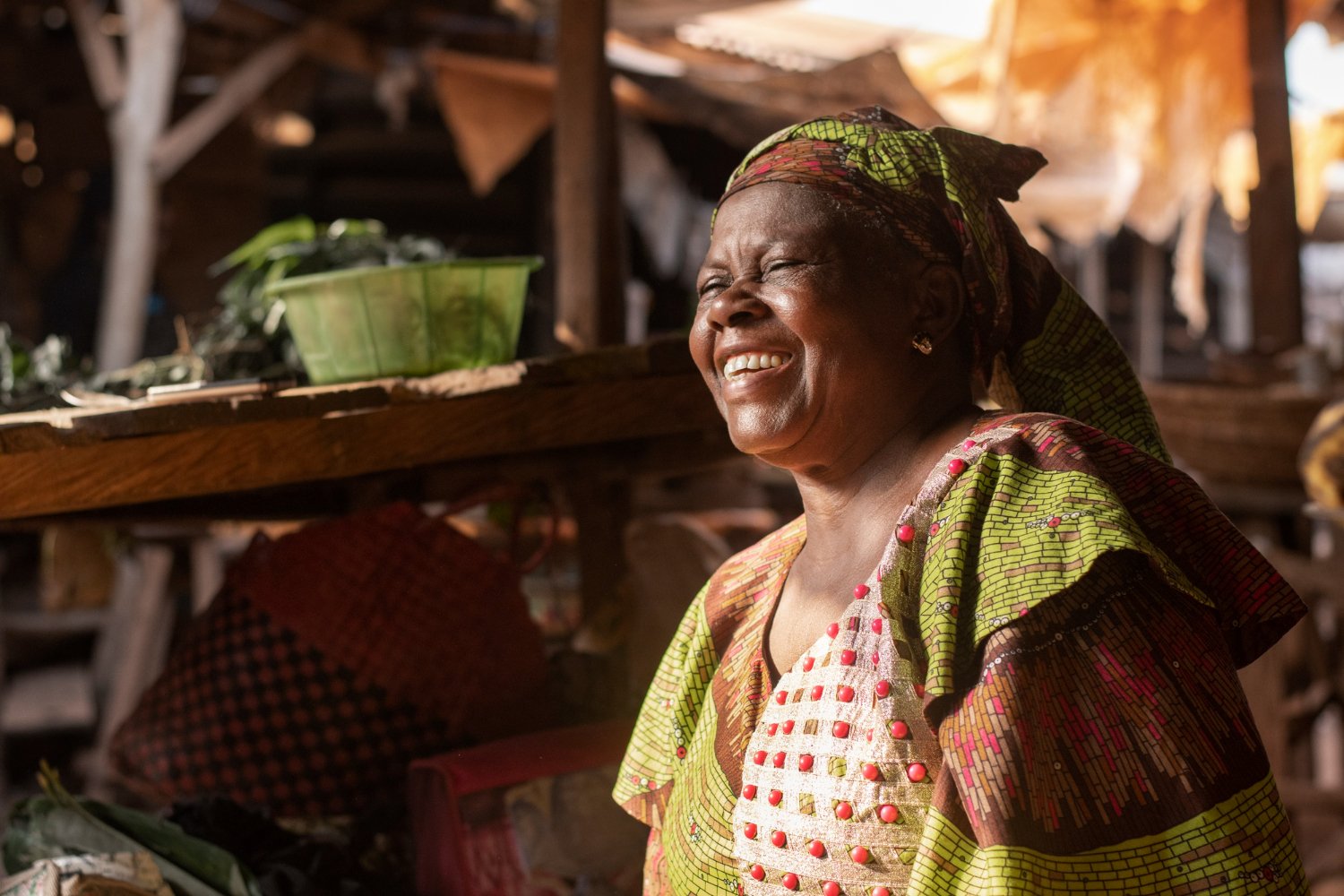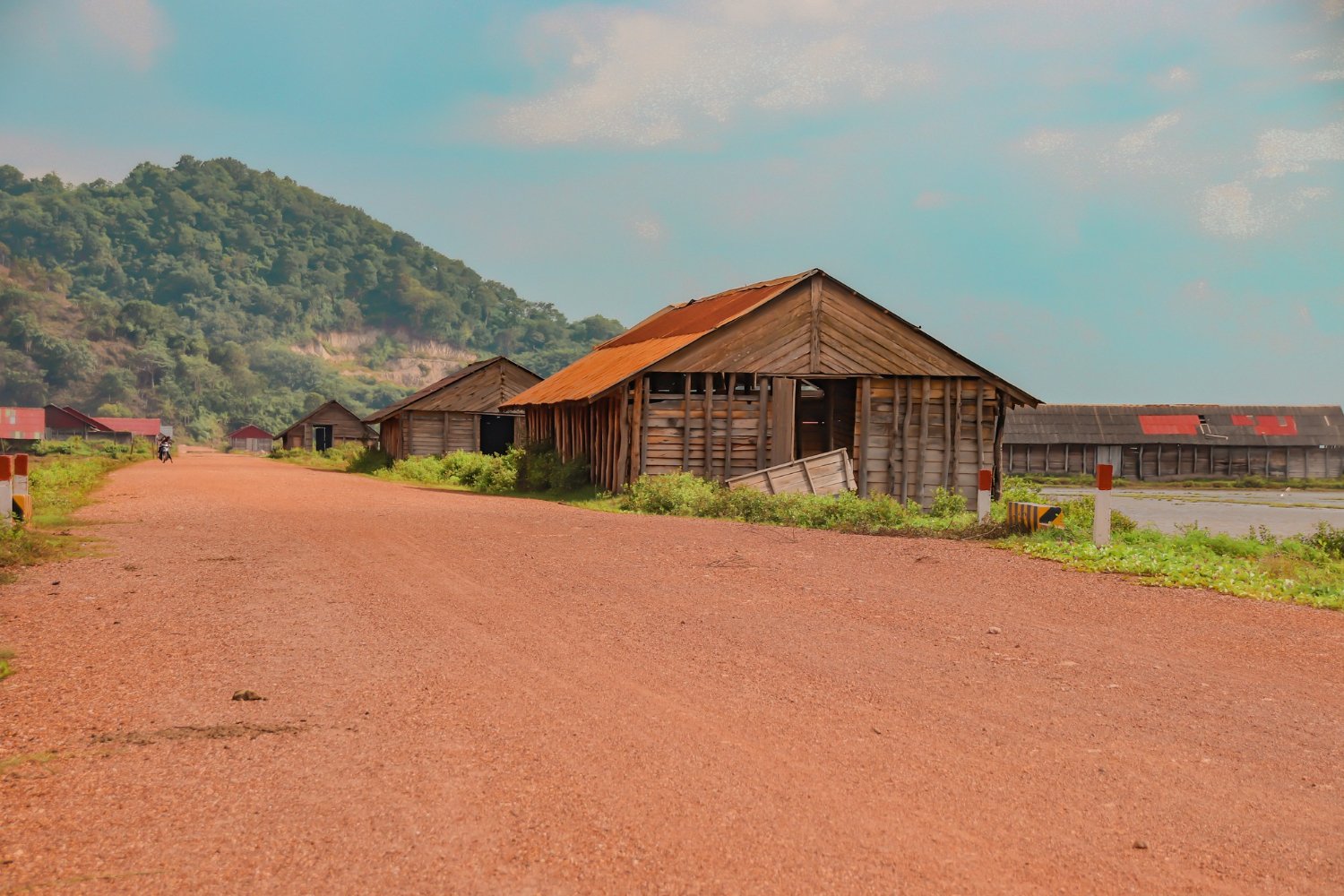In many parts of the world, economic development is often seen as something that happens in big cities — bustling streets, tall buildings, and endless traffic. But in places like Wau-Waria District and beyond, a quiet revolution is happening: villages are creating their own thriving economic hubs. These local markets are not only strengthening rural economies but also reshaping community life, empowering small entrepreneurs, and inspiring a new model of grassroots development.
The Power of Local Markets
Local markets have always been a part of village life. Farmers bring produce, craftsmen sell their handmade goods, and neighbors meet to exchange not just products but also ideas. But now, these markets are growing into something bigger: organized centers of commerce that provide real income opportunities for hundreds, sometimes thousands, of people.
In rural areas where job opportunities are limited and transportation costs to urban centers are high, local markets offer a lifeline. They reduce the need for long travel, allow money to circulate within the community, and give residents access to goods and services that were once out of reach.
What’s Fueling This Growth?
Several factors are helping local markets turn into vibrant economic hubs:
1. Community Leadership and Cooperation
In many villages, community leaders and elders have taken the initiative to organize regular market days, set up better market spaces, and encourage local participation. Cooperative groups are forming, where farmers, artisans, and vendors work together to strengthen their bargaining power and improve the quality of goods offered.
2. Agricultural Strength
Villages rich in farming traditions are realizing the value of selling surplus crops locally. Instead of relying only on outside buyers, farmers are bringing fresh fruits, vegetables, and livestock directly to the local population. This ensures better prices for farmers and fresher produce for consumers.
3. Support from NGOs and Local Government
Small-scale infrastructure projects — such as building proper market shelters, providing basic sanitation, and offering small business training — have made a huge difference. Non-government organizations (NGOs) and local governments are playing a key role in helping villagers create markets that are cleaner, safer, and more attractive to customers.
4. Rise of Small-Scale Entrepreneurs
Many young people and women are now turning to small businesses like tailoring, food stalls, mobile phone repairs, and handmade crafts. These entrepreneurs are tapping into local demand and introducing new products to the market, fueling growth and diversification.
Real-Life Impact: Stories from the Villages
Take the example of villages in Wau Rural: markets that once operated just once a month are now open weekly, with dozens of stalls selling everything from farm produce to household goods. Young entrepreneurs are setting up roadside cafes, while women’s groups are producing and selling handicrafts.
In some places, local market days have become major events, drawing in people from surrounding areas, creating mini-festivals complete with music, performances, and food vendors. It’s not just about buying and selling; it’s about community pride and local identity.
Benefits Beyond Commerce
The rise of local economic hubs has social impacts as well:
- Empowerment of women: With better access to marketplaces, many women are starting their own businesses, gaining financial independence, and influencing decision-making within their households and communities.
- Youth engagement: Instead of leaving for cities in search of work, many young people are staying and contributing to their village economies.
- Improved living standards: With more income opportunities and easier access to goods, families can afford better nutrition, education, and healthcare.
Challenges and Opportunities
While the growth of local markets is exciting, challenges still exist. Infrastructure like roads, storage facilities, and clean water access must be improved to support continued expansion. Access to mobile banking and microloans could also help small businesses grow faster.
Additionally, ensuring fair market practices and preventing monopolies by larger traders will be key to keeping markets community-focused.
If these challenges are met head-on, villages have a bright future as self-sustaining economic centers — offering hope not just for individuals but for entire regions.
Conclusion: Small Markets, Big Dreams
The rise of local markets in villages like those in Wau-Waria shows that economic success doesn’t have to come from outside. Communities have the power to build their own prosperity when given the right support, opportunities, and leadership. As these local markets continue to grow, they stand as proof that small beginnings can lead to big changes — not just for the economy, but for the spirit of a people determined to shape their own future.
The village marketplace is more than a place to buy and sell — it’s a symbol of resilience, creativity, and a shared dream of a better tomorrow.






